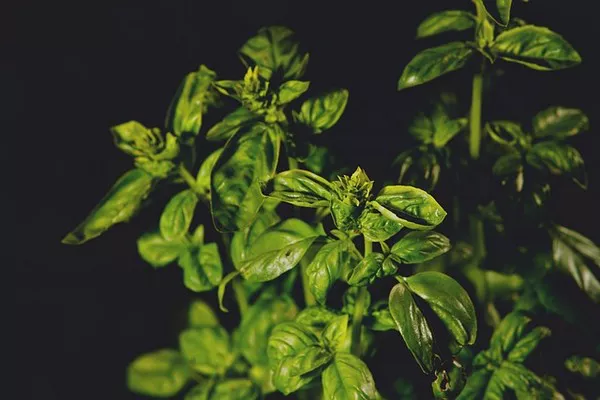Basil, scientifically known as Ocimum basilicum, is a fragrant and versatile herb that has captured the hearts of gardeners, chefs, and herbalists alike. Its distinct aroma and culinary applications make it a staple in many households and culinary establishments. However, beyond its culinary virtues, the reproduction of basil plants is a fascinating process that underscores the intricate mechanisms of botanical life. This article delves into the captivating world of basil plant reproduction, shedding light on both sexual and asexual modes of propagation.
Sexual Reproduction: Pollination and Seed Formation
Basil plants, like many other flowering plants, undergo sexual reproduction, a process involving the fusion of male and female reproductive cells. Basil flowers play a pivotal role in this process, serving as the sites for pollen transfer and seed development.
The flowers of a basil plant are typically arranged in inflorescences known as racemes. These racemes consist of multiple small, tubular flowers, each comprising four distinct parts: the calyx, corolla, stamen, and pistil. The calyx and corolla are the protective outer and inner structures of the flower, respectively, while the stamen and pistil house the male and female reproductive organs.
Pollination
Basil plants are primarily pollinated by insects, such as bees and butterflies, attracted by the flowers’ vibrant colors and enticing fragrance. When an insect visits a basil flower seeking nectar, it brushes against the anthers—the pollen-producing structures of the stamen—collecting pollen grains. These pollen grains are then transferred to the stigma, the receptive surface of the pistil, in another basil flower. This cross-pollination results in fertilization, where the male gametes from the pollen combine with the female gametes in the ovule.
Seed Formation
Following successful fertilization, the ovule develops into a seed, encapsulated within a protective seed coat. As the seed matures, the ovary of the flower swells and develops into a fruit, a structure known as a nutlet. Basil nutlets are small, dry fruits containing a single seed each. Once the seeds are fully mature, the nutlets detach from the plant and fall to the ground, facilitating the dispersal of seeds.
Asexual Reproduction: Propagation without Seeds
Apart from sexual reproduction, basil plants also have the ability to propagate asexually, without the need for seeds. Asexual reproduction ensures that plants maintain their genetic characteristics and desirable traits, such as flavor and aroma, in a more consistent manner compared to sexual reproduction.
Cuttings
One common method of asexual propagation is through stem cuttings. Gardeners can take a healthy stem segment from a mature basil plant and root it in water or soil. The cutting develops roots and eventually grows into an independent plant, genetically identical to the parent. This technique allows gardeners to clone their favorite basil plants with ease, preserving their desired characteristics.
Layering
Layering is another asexual propagation method that involves encouraging a stem of the parent plant to produce roots while still attached to the main plant. This is achieved by bending a lower stem to the ground, covering it with soil, and allowing it to develop roots over time. Once roots have formed, the new plantlet can be separated from the parent and transplanted.
Rhizome Division
Certain basil varieties, such as Thai basil, can be propagated through rhizome division. In this method, the underground rhizomes of an established basil plant are carefully divided into sections, each containing both roots and shoots. These sections are then planted separately, allowing them to grow into new, independent plants.
Advantages and Implications
The various methods of basil plant reproduction hold distinct advantages and implications for gardeners, farmers, and researchers. Sexual reproduction through seed formation promotes genetic diversity, allowing for adaptation to changing environmental conditions and potential evolution of new traits. It also enables the development of new basil varieties through controlled hybridization.
On the other hand, asexual propagation methods ensure the preservation of specific traits, especially in the case of cultivars prized for their unique flavor profiles or appearance. These techniques also expedite the production of numerous identical plants, essential for consistent herb quality and quantity in both culinary and medicinal contexts.
Conclusion
The reproduction of basil plants is a captivating journey that bridges the worlds of botany, agriculture, and gastronomy. Whether through the intricate dance of sexual reproduction or the practical strategies of asexual propagation, basil plants exhibit remarkable adaptability and resilience. From the allure of its flowers to the convenience of its cuttings, basil’s reproductive processes continue to inspire gardeners, scientists, and nature enthusiasts, underscoring the interconnectedness of life forms on our planet. Understanding these processes enriches our appreciation for this beloved herb and the natural mechanisms that sustain its existence.


